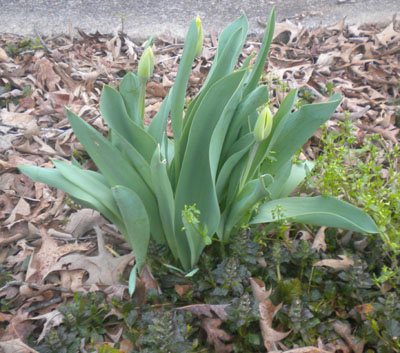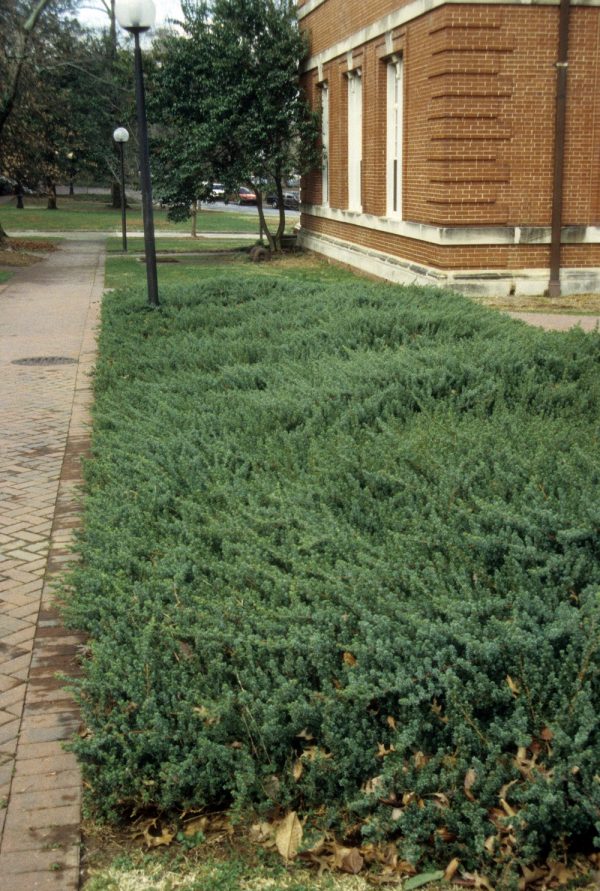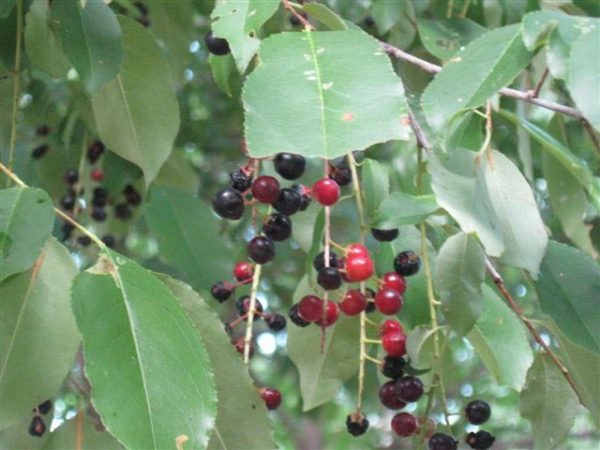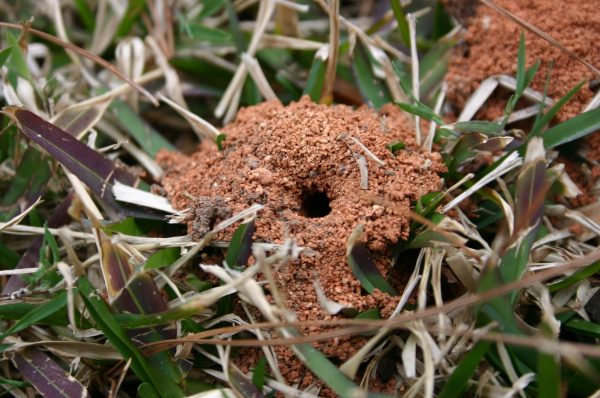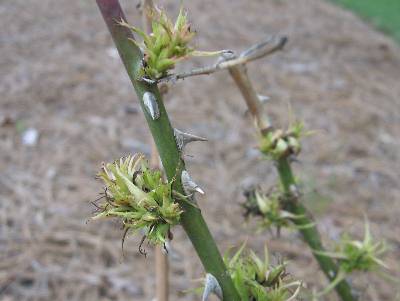Bermuda – Planting Seed
Kill all weeds by spraying the area with a non-selective weed killer two weeks before planting.
• Till the soil thoroughly to a depth of six inches, mixing in the amount of lime and fertilizer recommended by a soil test (contact your county Extension office)
• If you have not had the soil tested for its lime and fertilizer needs, dig in 50 pounds of lime and 20 pounds of 5-10-15 fertilizer per 1000 square feet. In addition, cover the entire area with a layer of composted material one inch thick. Mix the lime, fertilizer and organic matter thoroughly with the soil.
• Rake the area smooth, removing rocks, clumps and grassy debris.
• Roll the area with a water-filled roller to reveal low spots.
• Fill low spots with soil.
• Scatter seed according to rates below.
• For even distribution, mix 1 pound of seed with 5 pounds of dry corn grits or play sand before putting the mixture into a seed spreader.
• Cover very thinly with wheat straw (3/4 bale per 1000 square feet).
• Follow the watering guidelines below.
• Do not use weed control products on your lawn until at least six weeks after planting.
Seeding rate for new lawn
• Bermudagrass (hulled) 1- 2 pounds per 1000 square feet)
All bags of grass seed are required to have a label that shows the results of various tests on that batch of seed.
• Always buy seed which has been tested for its germination rate within the past six months.
• When deciding which seed to buy, compare the germination percentage and the number of weed seed found in each.
• You may discover that a higher priced bag of seed is a better value because more of the seed will germinate.
WATERING
The best time to water a lawn is in the morning, preferably before noon. This allows the grass to dry before nightfall, reducing the risk of disease. Take into account recent rainfall when deciding how much to apply. Watering restrictions may impact how often you can irrigate. Check Drought Restrictions for the latest information. In most cases, newly installed landscaping by homeowners is exempt from watering rules for 30 days.
How to measure the amount of water applied by irrigation:
• Place six identical containers randomly in the area wetted by your sprinkler.
• Plastic cups can be used but weight them down with a heavy washer in the bottom of each.
• Let your sprinkler run for an hour.
• Measure the depth of water that has accumulated in each cup.
• Calculate the average of the depths. This gives you the amount (in inches) that has been applied in an hour.
• Make a mental calculation of how long it will take to apply an inch of water.
• Don’t be surprised if your sprinkler must run for more than an hour to apply the water your lawn needs.
WATERING SCHEDULE AFTER SEEDING
• One inch of water immediately after planting.
• Apply enough water daily to prevent the top one-half inch of soil from drying until seedlings are 1.5 inches tall.
• After that, apply one-fourth inch of water every third day for nine days.
• Next apply one-half inch of water every fifth day for ten days.
• After this establishment period, apply one inch of water per week for the rest of the growing season.
• There is no need to water if rainfall supplies the correct amount.



